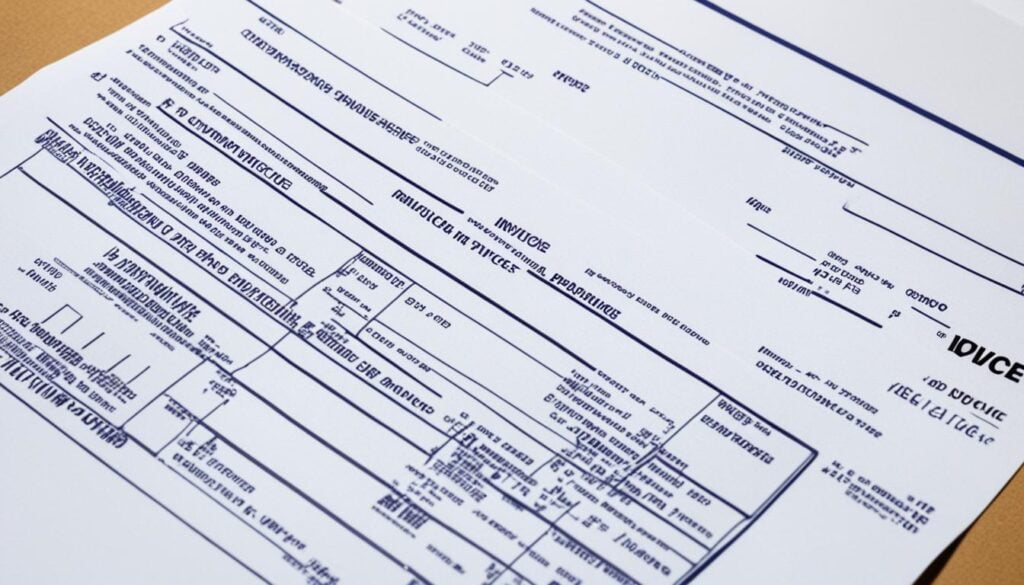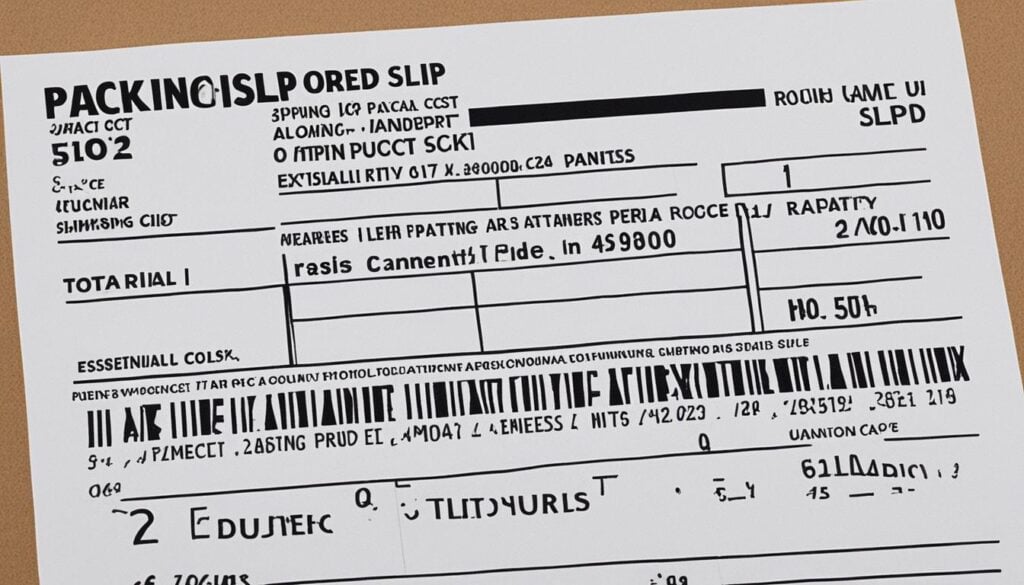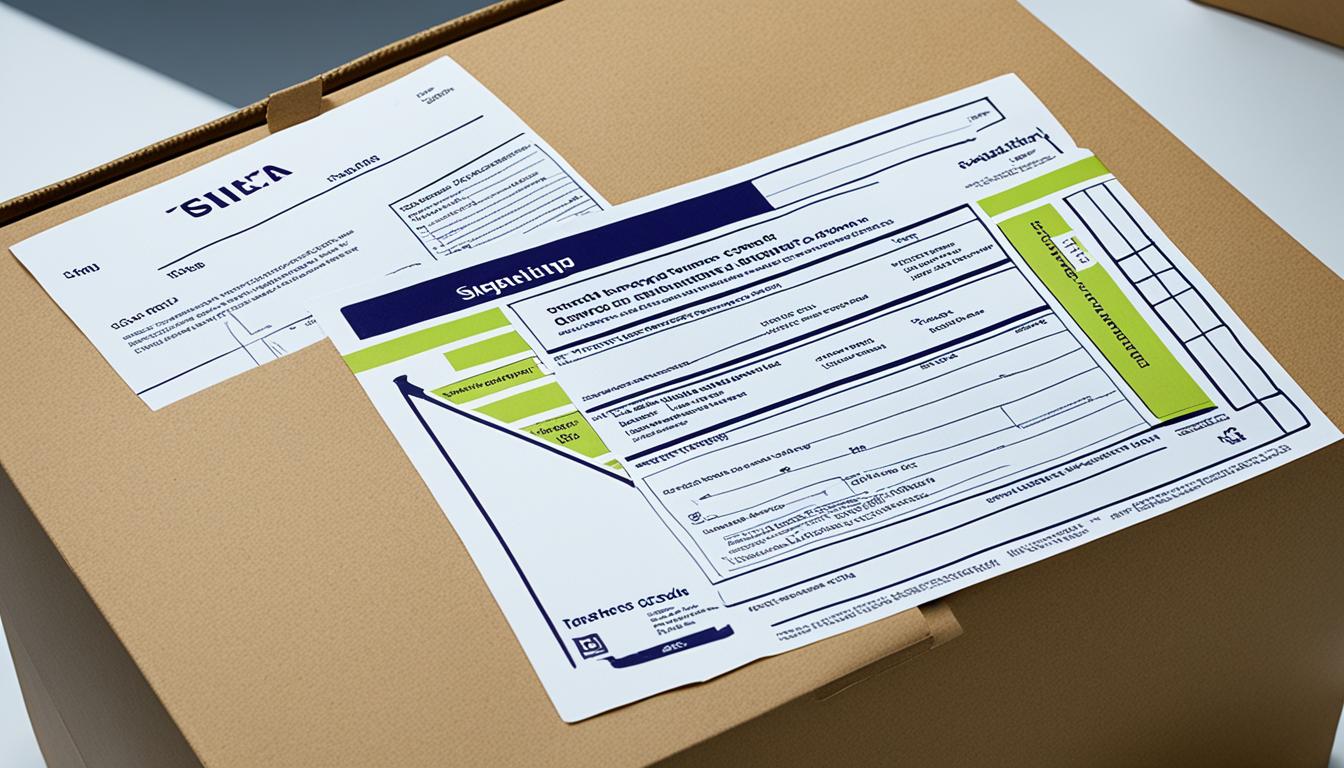Whether you’re involved in logistics, inventory management, or e-commerce order fulfillment, understanding packing slips is crucial for maintaining order accuracy and streamlining your operations. In this guide, we’ll explore the definition, purpose, and key distinctions of packing slips, and delve into their importance in the e-commerce industry. We’ll also cover the key components of a packing slip and provide tips and best practices for writing effective packing slips.
Before we dive into the specifics, let’s take a moment to highlight the significance of packing slips in the context of efficient shipping. Whether you operate a fulfillment center or are a customer eagerly awaiting your order, packing slips play a vital role in ensuring that the right items are shipped, and every detail is accurately recorded. They provide essential information, such as item weights, dimensions, SKUs, and quantities, that are necessary for seamless logistics and inventory management.
When it comes to the customer experience, packing slips help recipients keep track of their orders, especially if they are arriving in multiple shipments. Imagine the relief of knowing that each item in your eagerly awaited package is accounted for and on its way. This level of transparency and order accuracy not only instills confidence in your customers but also contributes to their overall satisfaction.
So, whether you’re a fulfillment center striving for operational excellence or an e-commerce business looking to enhance your shipping process, understanding packing slips is essential. Let’s uncover the intricacies of packing slips together, starting with their definition and purpose.
Definition and Purpose of Packing Slips
A packing slip is a document that lists all the items shipped in a package. Its purpose is to provide essential information about the items in an order, helping with inventory management, ensuring order accuracy, and facilitating order tracking.
When it comes to inventory management, packing slips play a crucial role in maintaining accurate records. By listing all the items included in a shipment, packing slips enable businesses to keep track of their inventory and ensure that all items are accounted for. This helps in preventing stock discrepancies and allows for efficient restocking.
In terms of order accuracy, packing slips provide a detailed breakdown of the items being shipped, including important details such as SKU or UPC codes, quantities, and item names. This helps to minimize errors and ensures that customers receive the correct items they ordered.
Furthermore, packing slips facilitate order tracking. By including comprehensive information about the items shipped, customers can easily cross-reference the packing slip with their order to verify its completeness. This enhances transparency and instills trust in the shipping process.
Overall, packing slips are essential in streamlining the shipping process, maintaining inventory accuracy, and enhancing customer satisfaction. By providing vital information, they contribute to a seamless and efficient order fulfillment operation.
Key Distinctions Between Packing Slips and Invoices
When it comes to shipping documents, packing slips and invoices are two crucial pieces of the puzzle. While they may seem similar at first glance, they serve distinct purposes in the shipping process. Understanding the differences between packing slips and invoices is essential for effective order management and financial reporting.
A packing slip provides a comprehensive list of the physical items being shipped in a package. It includes details such as item names, quantities, and SKU codes. The primary purpose of a packing slip is to ensure order accuracy and facilitate order tracking. Recipients use packing slips to verify the completeness of their order and identify any discrepancies.
On the other hand, an invoice is a financial report that details the cost of the items, payment methods, and terms. It serves as a request for payment and is primarily relevant to those who have made the purchase or need to manage financial records. Invoices play a crucial role in maintaining accurate financial reports and tracking revenue.
While both packing slips and invoices are important shipping documents, their distinctions lie in their focus and audience. Packing slips prioritize the accuracy and tracking of physical items, ensuring that the right items are delivered to customers. Invoices, on the other hand, are concerned with the financial aspect of the transaction and provide a clear breakdown of the costs involved.
By recognizing the distinctions between packing slips and invoices, businesses can effectively utilize these shipping documents to enhance their order management and financial reporting processes.

Importance of Packing Slips in E-commerce
In the world of e-commerce, efficient order fulfillment and exceptional customer experience are key to success. One critical element that contributes to both of these factors is the packing slip. A packing slip serves as a detailed record of the items included in a shipment and plays a vital role in ensuring order accuracy and tracking.
When customers receive their packages, they can refer to the packing slip to verify the completeness of their order. This simple document provides them with the confidence that every item they purchased has been included in the shipment. Additionally, if any items are missing or damaged, customers can easily identify the issue with the help of the packing slip.
Furthermore, packing slips contribute to enhancing the overall customer experience. By including brand elements and personalized messages, e-commerce businesses can create a more memorable and engaging unboxing experience for customers. A thoughtfully designed packing slip can leave a lasting impression and build brand loyalty.
From an operational standpoint, packing slips are crucial for maintaining accurate records and enabling efficient order tracking. By having a detailed account of the items shipped, businesses can easily cross-reference with inventory systems and ensure that all orders are fulfilled accurately. This not only improves internal processes but also reduces the chances of errors and the need for returns or exchanges.

Key Components of a Packing Slip
A packing slip is a vital document in the shipping process, providing crucial information about the contents of a package. Understanding the key components of a packing slip is essential for efficient order fulfillment and customer satisfaction.
An itemized list is one of the essential components of a packing slip. It details all the goods being shipped, allowing both the seller and the customer to verify the accuracy of the order. Each item on the list should include its SKU or UPC code, ensuring easy identification and tracking.
The packing slip should also include a slip or PO number, which serves as a reference for cross-checking with other documents or systems. This number helps streamline the shipping process and maintain accurate records.
Customer information is another vital component of a packing slip. It should include the shipping address, allowing the package to be delivered to the correct location. Additionally, including the customer’s billing address on the packing slip can be helpful for reference.
Contact information, such as the seller’s phone number or email, can also be included on the packing slip. This allows customers to reach out in case they have questions or concerns about their order.
Packing slips may also contain information about out-of-stock or back ordered items to manage customer expectations. Additionally, any special instructions from the seller, such as handling requirements or gift messages, can be included on the packing slip.
By including these key components, packing slips facilitate order accuracy, streamline the shipping process, and contribute to a positive customer experience.
Key Components of a Packing Slip
| Component | Description |
|---|---|
| Itemized List | A detailed list of the goods being shipped |
| SKU/UPC Code | A unique identifier for each item |
| Slip/PO Number | A reference number for cross-checking |
| Customer Information | Shipping and billing addresses |
| Contact Information | Seller’s phone number or email |
| Out-of-Stock/Backordered Information | Details on unavailability or delayed items |
| Special Instructions | Additional notes or requirements from the seller |
Tips for Writing an Effective Packing Slip
Writing an effective packing slip is crucial for ensuring order accuracy and customer satisfaction. A well-written packing slip provides clear information about the items being shipped, facilitates easy identification with SKU or UPC codes, includes all necessary customer details, and communicates any special instructions. By following these writing tips, you can enhance the efficiency of your shipping process and contribute to a positive customer experience.
1. Clear itemization:
Clearly itemize each product being shipped on the packing slip. Include accurate descriptions, quantities, and any relevant variations (such as size or color). This helps both the recipient and the fulfillment center ensure order accuracy and prevents any confusion.
2. Use SKU or UPC codes:
Utilize SKU or UPC codes alongside product descriptions for easy identification. This streamlines the order fulfillment process and reduces the chance of errors or mix-ups.
3. Include necessary customer information:
Include all the necessary customer details, such as shipping and billing addresses, contact information, and any specific delivery instructions. This ensures that the package reaches the correct recipient and makes it easier for the customer to track their order.
4. Provide special instructions:
If there are any special instructions for handling or packaging the items, clearly communicate them in the packing slip. This helps the fulfillment center meet specific requirements and ensures the items arrive in optimal condition.
5. Enhance the customer experience:
Make the packing slip an extension of your brand by incorporating branding elements such as logos, colors, or personalized messages. This adds a personal touch to the customer’s unboxing experience and reinforces your brand identity.
Writing an effective packing slip requires attention to detail and clarity. Keep the text concise, ensuring that it conveys all the necessary information without overwhelming the recipient. By following these writing tips, you can improve order accuracy, streamline the shipping process, and contribute to overall customer satisfaction.
Best Practices for Packing Slips
When it comes to efficient shipping, implementing best practices for packing slips can make a significant difference in both operational efficiency and customer experience. Here are some key recommendations to consider:
Utilizing free templates: Simplify the packing slip creation process by utilizing free templates available online. These templates provide a structured format that ensures all essential information is included, saving you valuable time and effort.
Enhancing the customer experience: Make your packing slips stand out by including detailed and branded slips. Personalize the slip with your company logo, colors, and a thank-you message. This not only reinforces your brand but also enhances the overall customer experience.
Adopting eco-friendly practices: Consider environmentally friendly alternatives such as electronic packing slips. By going paperless, you can reduce the consumption of paper, promote sustainability, and contribute to a greener future.
Following industry-specific guidelines: Different industries may have specific guidelines for packing slip content. Familiarize yourself with these guidelines to ensure compliance and alignment with industry standards. This will help avoid any potential issues or delays in the shipping process.
By implementing these best practices, you can streamline your shipping operations, provide accurate information to customers, prioritize sustainability, and ultimately enhance customer satisfaction. Remember, a well-designed packing slip is not only a functional shipping document but also a valuable opportunity to reinforce your brand and provide an exceptional customer experience.






























